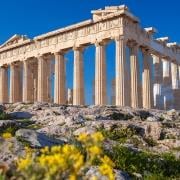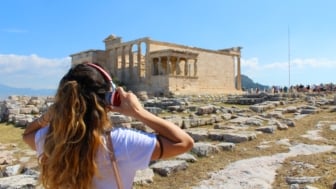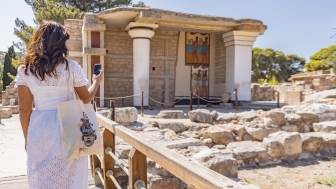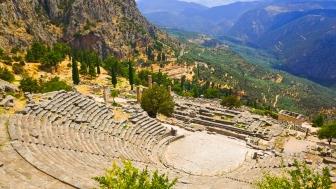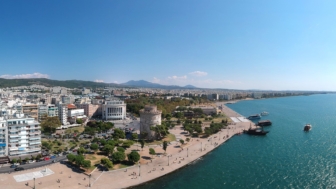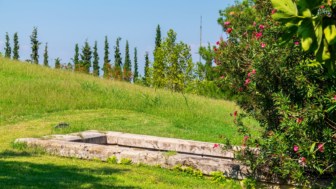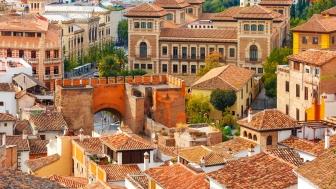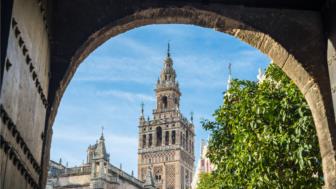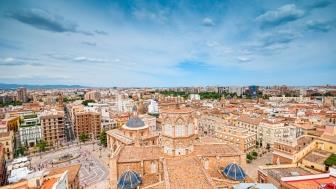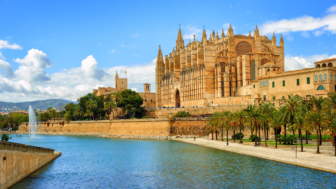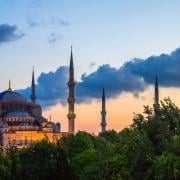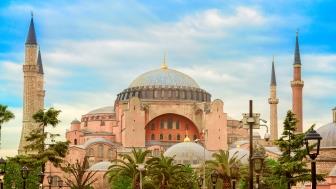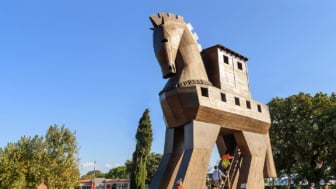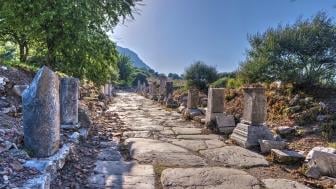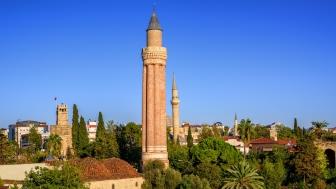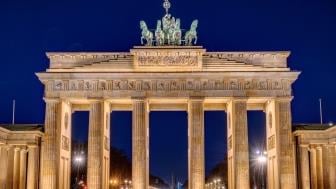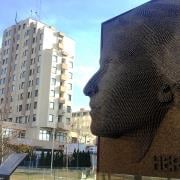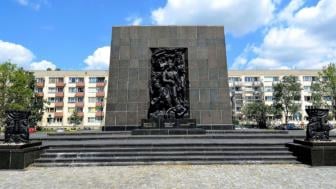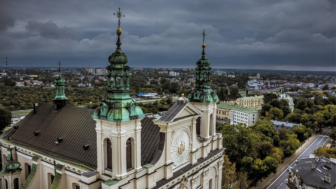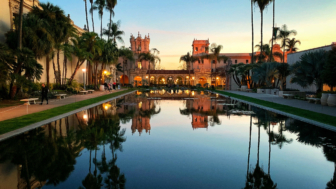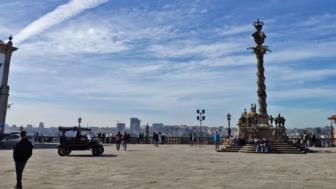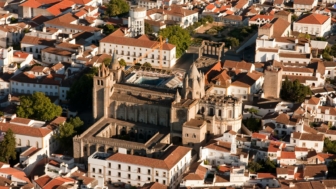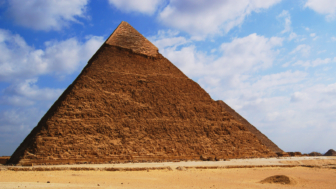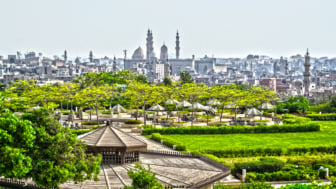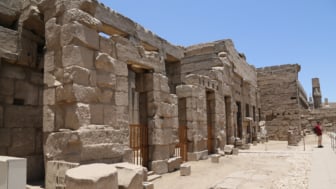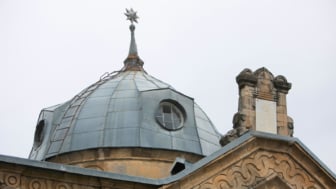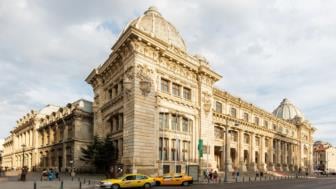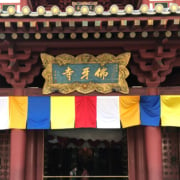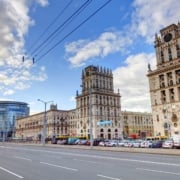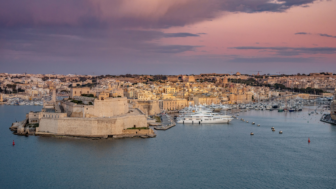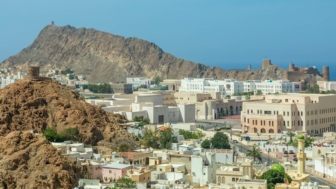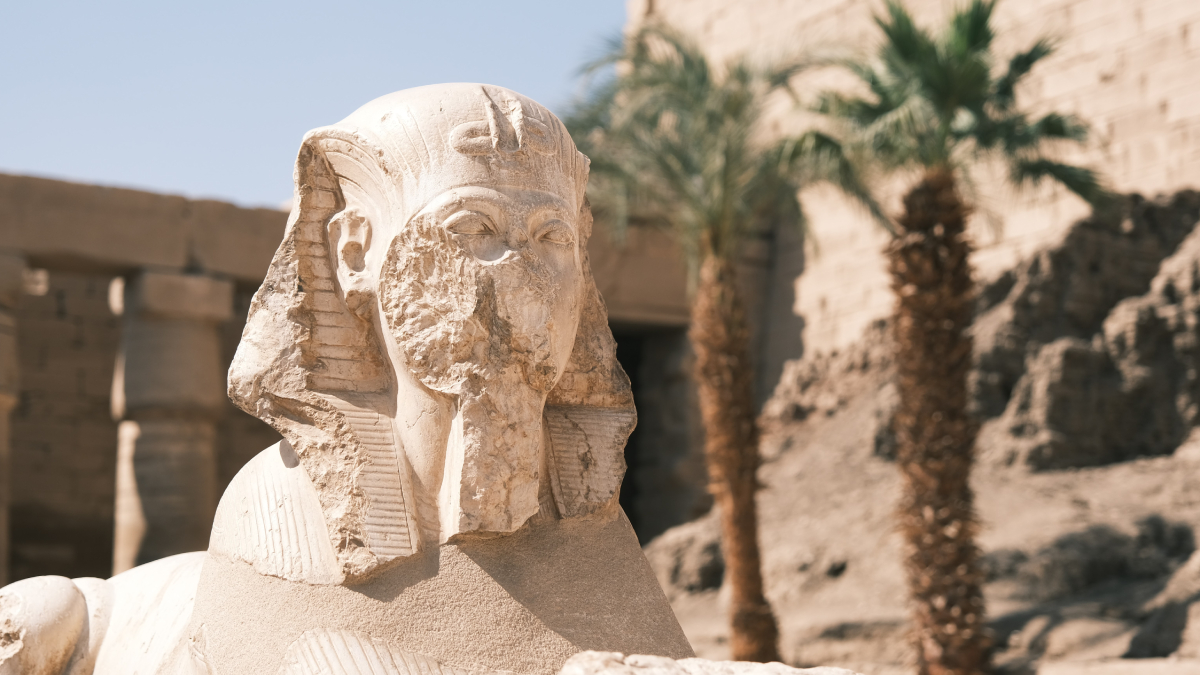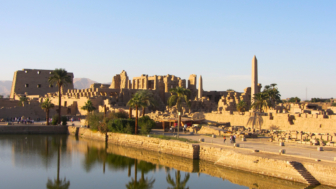A bit short of two millennia before Christ, Pharaoh Senwosret I (1971-1926 BCE) erected a shrine on the Nile’s East bank at Thebes in honor of the Hermopolitan creator god Amun. In Thebes, mysterious Amun, whose name meant The Hidden One, merged with the Sun God Re, eventually ending as Amun-Re, replacing Thebes’ old patron god, the war deity Montu. As the throne of a supreme being with the immense superpower of self-regeneration, Amun’s sanctuary grows south of Montu’s temple precinct, with its Holy of Holies pointing to the East, where the sun rises. This is the beginning of Ipet-Sut, the Most Selected of Places, as the Egyptians called the sanctuary, which developed into a second temple precinct.
By the time Egypt entered the historical period of the New Kingdom (1549-1075 BCE), Amun-Re was Egypt’s main state god. He is now worshipped as the father figure of a divine family of three, the Theban Triad, alongside the dominant and fearsome goddess Mut as his godly wife and the benevolent moon deity Khons as their son. Mut is worshiped in her temple precinct, developing next to Amun’s and Montu’s, raising the number of Karnak’s temple precincts to three. The divine child Khons is venerated in a temple within his father’s precinct. Eventually, Ipet- Sut, the precinct of Amun-Re, became the heart of one of the greatest temple complexes humanity has ever seen: the one we now call Karnak.
In Karnak, Pharaohs secure their position in the world. As a creator god and the main state god, Amun manifests through each Pharaoh. He is also the recipient of what Pharaohs do to secure cosmic order: monuments honoring gods and exalted ancestors within Egypt and booty from wars aiming at expanding Egypt’s power in foreign lands. Whether native Egyptian, Libyan, Kushite, or Greek, ruling over an international superpower or a declining state, each ruler of Egypt adds their mark to the Theban riverside sanctuary in a competition for divine favor that surpasses provenance and power. In Karnak’s multilayered ruins, we trace history as it was to be recorded and forgotten, with the works of ‘doomed’ rulers hidden within the prominent monuments of the ones honored by generations to come.
Ipet Sut was the offset of a magnificent public procession leading south to the sanctuary of Ipet Resyt (now Luxor Temple), where Amun and Mut would unite to secure the well-being of all of Egypt. It was also here where Egyptians would celebrate one of their most popular feasts, the Opet Festival, which was focused on the Theban Triad as a source of regeneration. Once a year, the festival would bring the city’s population together to celebrate love and life. The Pharaohs would enable the festivities by erecting pylons and processional ways for the barks of the proceeding deities to go through, sanctuaries and way stations for them to rest, and decorating the temple with reliefs immortalizing their own presence in the procession.
But Karnak represents much more than the stories of gods and kings. Here, we trace the ambition of Egypt’s most learned priests and priestesses, which formed dynasties evolving side by side with the royal ones and eventually securing access to royal power too. We reveal the activity of Egypt’s finest scribes, who meticulously recorded what had to be remembered for eternity. And we tell stories of immense wealth stored in the temples across the centuries, to be unearthed by tireless archaeologists.
Follow us!
Duration: 2h 10min
-


